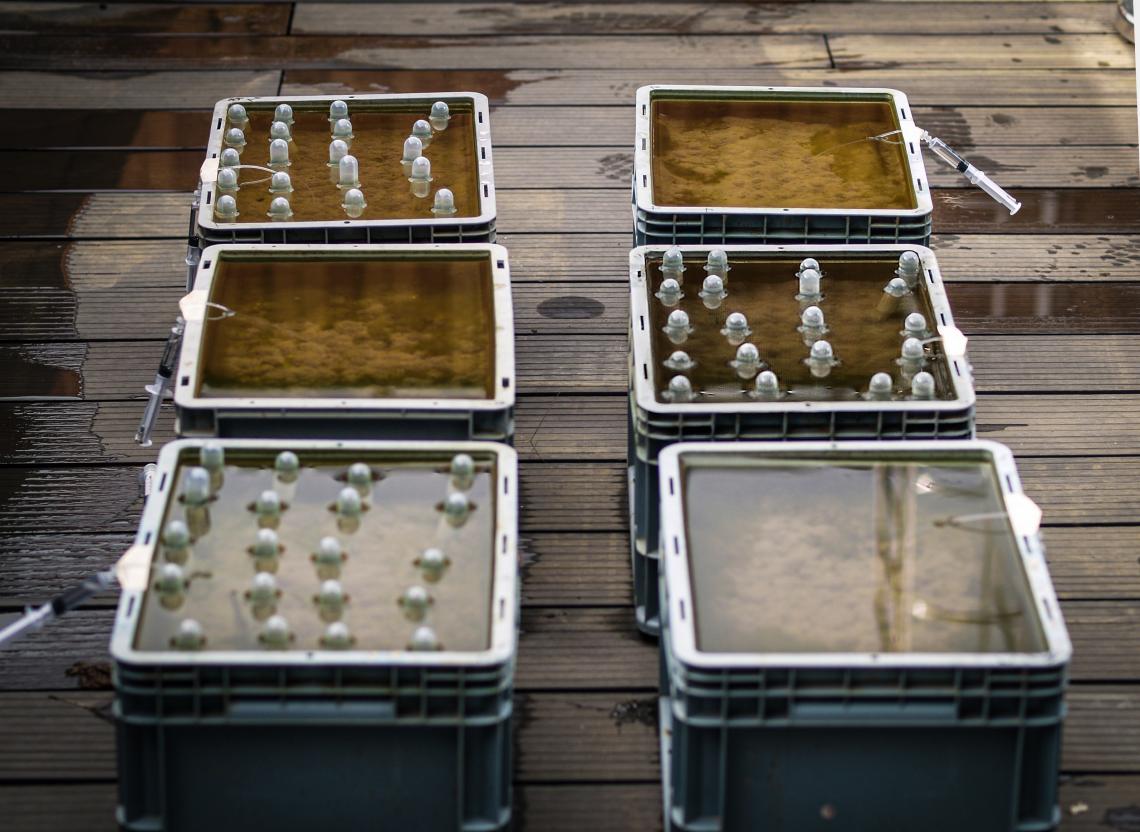This story is featured in the Asia Research News 2023 magazine. If you would like to receive regular research news, join our growing community.
Get the news in your inbox
Arsenic contamination in flooded paddy fields threatens the health of more than half of the world’s population who rely on rice as their main staple food. Existing methods to remove the arsenic are expensive, require added chemicals and can degrade the quality of the soil. Researchers, led by Zheng Chen at Xi’an Jiaotong-Liverpool University in China, have pioneered a simple, inexpensive and sustainable alternative using plastic tubes coated with naturally forming iron oxides, which are inserted into the soil. They describe their method in the Journal of Hazardous Materials.
“Iron oxides can absorb large amounts of arsenic, so we wondered if it would be possible to use them as a trap for this poisonous element. In our first attempt, we found the arsenic naturally took the bait,” says Chen.
Iron oxides occur naturally at high levels in localized regions of soil, for example at the soil-water interface and on the root surfaces of wetland plants. These small regions are dispersed throughout the soil, however, making it difficult to separate the complexes of iron oxides and arsenic for removal. The team knew, from other workers’ research findings dating from the 1980s, that plastics in flooded soil can naturally induce iron oxides to form on their surface.
The containers storing arsenic-tainted soils
from rice fields. Some containers (top-left
and bottom-right) have plastic tubes with
iron oxides, or "hooks", that trap arsenic.
This existing knowledge led them to investigate the factors influencing the formation of plastic-induced iron oxides, including differences in the types of plastic, their structures, the properties of soils, and the soil’s exposure to light, nitrate, and oxygen. Experiments revealed that low-density porous polyethylene tubes that allow oxygen to pass through the tube walls can induce the formation of large amounts of iron oxides. They also established a direct correlation between the amount of iron oxides formed and the capture of arsenic by what Chen calls the iron oxide “hooks”.
The system of tubes inserted at regular intervals reduced the arsenic content of rice grown in trial plots by more than 10%. This improvement will hopefully be increased further as the procedure is developed.
Another refinement to be explored is the option of replacing the polyethylene with biodegradable plastics such as polylactic acid, to avoid the risk of long-lasting polluting microplastics particles contaminating the soil.
“The tubes are inexpensive, they can be re-used after the small amount of arseniccontaining solid waste is removed, and automating the process of tube insertion and removal could further reduce the costs and increase the effectiveness of this novel soil remediation technology,” Chen concludes.
Further information
Senior Assoc Prof Zheng Chen
[email protected]
Department of Health and Environmental Sciences
Xi’an Jiaotong-Liverpool University
We welcome you to reproduce articles in Asia Research News 2023 provided appropriate credit is given to Asia Research News and the research institutions featured.





